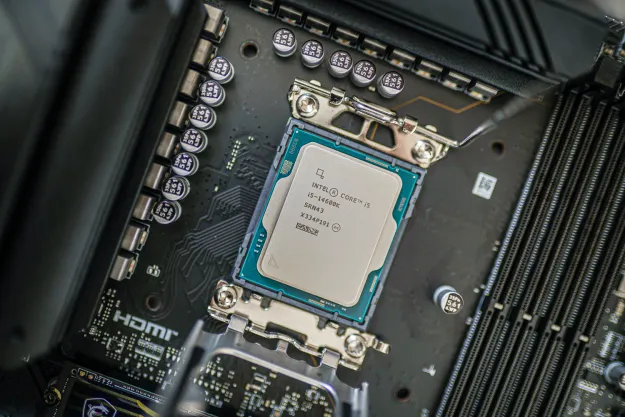
Rugby is a highly physical sport in which little protective gear is worn, so players feel the full force of every impact.
One device that some players do wear is a mouthguard, which protects players from mouth lacerations and tooth damage.
In a move to increase the safety of the sport, rugby union’s world governing body, World Rugby, has announced that it will start using mouthguards fitted with smart technology that’s capable of detecting high levels of acceleration and head impacts in real time.
Data from the smart mouthguards will be sent immediately to pitch-side doctors, enabling quick decisions to be made about whether a player needs to be taken off for detailed checks following a heavy impact during a game.
World Rugby’s interest in the mouthguard grew after research in ice hockey found that as well as protecting against dental injuries, the mouthguards also reduced the risk of concussion by 20%.
The new technology will be debuted later this month in the professional women’s WXV international rugby competition.
World Rugby is making an initial investment of 2 million euros (about $2.12 million) to support rugby unions, competitions, and clubs to pave the way for wide adoption of the new smart mouthguard technology, which is supplied by Prevent Biometrics. The U.S. company has been developing the mouthguard for many years, and so its adoption by World Rugby is a notable development.
Dr Eanna Falvey, chief medical officer of World Rugby, said: “The latest scientific research and expert opinion is telling us one thing — reduce the forces players experience on their heads at all levels of the game. That is exactly what we’re doing.”
Falvey added: “The advances in smart mouthguard technology mean elite players will be better cared for than ever before. We are taking smart mouthguards out of the realm of medical research and putting them into the world of everyday performance management to continue to manage player welfare in the best way possible.”
Editors' Recommendations
- Household electrical usage increased in 2020. Here’s how a smart home can help
- Post lockdown, smart cameras could help enforce mask use and social distancing
- LifePod believes smart home tech can help facilitate the challenges of eldercare
- Smart home technology increasingly used to help elderly population

